

In January, 1980, after working six years at the O.M. Scott and Sons Company in Marysville, Ohio, I left to start a project to document the Black music culture of Central Ohio. The working title was A Musician’s Scrapbook: The Illustrated History of Columbus’ Black Entertainers and the first person that I interviewed was Jimmy Carter, a pianist and organist who I had met at Clyde’s at Courthouse Square.
One evening at the club, when Jimmy was taking a break for his gig with the Frank Hooks Trio, we sat together and he told me stories about his beginnings in music. “I was sixteen and the first job that I had was playing at a burlesque club on Main Street. I was making twenty-five dollars a week and that was ten dollars a week more than my father was making. The sisters at Mt. Vernon A.M.E. Church were wondering how I could be allowed to work in a strip joint, but my family knew how much money I was pulling in.”
He laughed at comparing his salary with kids his age that were running paper routes. He finished by exclaiming, “If someone would ever write a book about those days in Columbus when no one had keys to their house and there was music on every corner, they’d have one hell of a book.” That was my inspiration.
When I showed up at Jimmy’s house the next week with my tape recorder and camera, the first picture that he shared with me was of the Rusty Bryant Quartet, with Jimmy Rogers on drums, Harry Ross, bass and Jimmy Carter sat behind the piano, circa 1951. He had several photos of he and drummer Eddie Nix playing with the Earl Hood Orchestra in 1940 at the Valley Dale Ballroom. After I finished recording our session, he said, “You’ve got to interview Earl Hood”, and he gave me his phone number.
Earl Hood was approaching his eighty-fourth birthday and in great health, when I called him for a visit. His musical biography was huge; be began playing violin professionally in 1910 with the Thomas Howard Orchestra at the Masonic Lodge in Downtown Columbus at he remembered his pay, four dollars. He played with Charlie Parker’s Popular Players, led by pianist Sammy Stewart and when Stewart formed his band, the Singing Syncopators in 1918, Earl went with them to the Southern Hotel.
Hood continued playing with Stewart after his father, Charles, died and he became the bread winner of the family. During the summers Earl would spend time with the band when Sammy ventured out to strike his musical gold mine. He told me about the contracts that Singing Syncopators would get to spend the year in the large hotels like Cleveland’s Hollenden, Toledo’s Secore, the Ritz Supper Club in Detroit, then the Entertainer’s Cafe and Sunset Cafe in Chicago.
Earl’s legacy in music grew in Columbus when he formed the Earl Hood Orchestra and became the house band at Valley Dale Ballroom from 1928 through 1950. Those were the peak years when swing music brought nearly every touring band to Valley Dale, whose owners were the Peppe Family, brothers Jimmy and Lou. Performers included Sammy Kaye, Kaye Kyser, Guy Lombardo, Benny Goodman, Jimmy and Tommy Dorsey, Glenn Miller, Frank Sinatra, Artie Shaw, Duke Ellington, Count Basie, among others. Earl was one of the few Black men who was there throughout the era.
Others that I spoke with during these heady days were Bill Carter, Elaine Crockett, Raleigh Randolph, Eddie Nix, Milton “Doc” Payne, Sammy Hopkins and Bill Stewart, who had been a young member of Sammy Stewart’s band when they went to Chicago in 1924. “Sammy was the best pianist that I’ve ever seen. He could play two separate melodies simultaneously, he was a great arranger and his orchestra was made up of Columbus musicians who were first class gentlemen.”
Bill continued to play with Sammy in Chicago through 1928 and the the band returned to Columbus to open the Ogden Theater, built by Al Jackson. They opened the theater, later known as the Lincoln Theater, on Thanksgiving, 1928. In 1931, with Bill still playing saxophone and reed instruments, the Stewart Band went to the Lafayette Theater in New York City. They played all of the big spots in New York, but music progressed and the Sammy Stewart Band broke up in 1933.
I coined my visits with Central Ohio musicians “Traveling Through Time.” I got to travel with saxophonist Rusty Bryant to the years when Dot Records captured an evening in 1954 at the Carolyn Club when Rusty’s group, which included a young Hank Marr on piano, recorded Pink Champagne, the Castle Rock and All Night Long. I was with Hank on Leonard Avenue, when he and Rusty recorded a recorded Live at Club 502.
In September, 1982, we had a birthday party at Valley Dale Ballroom in honor of Earl Hood and the following year, in October, 1983, we welcomed Harry “Sweets” Edison back to honor his old band leader’s birthday with a concert. Sweets had left Columbus in the 1930s to become Count Basie’s star trumpeter and later gave Frank Sinatra a boost with his unique trumpet style.
I apprenticed as an entertainment writer with the Columbus Call-Post, culling photos from its vast collection of entertainment photos of little know musical personalities, like the the Selby-Barton Trio, Three Bs and a Honey, the Soul Techniques, Madame Rose Brown, the Four Mints and the Wallace Brothers. By the time I put together my musician’s scrapbook I had nearly one thousand photographs.
Candy Watkins took an interest in the collection that I was amassing and suggested that she write grants for the project. Others became involved, poets, writers and photographers and in September, 1990, the book entitled Listen For the Jazz: Keynotes in Columbus History debuted at the Hot Times Festival on the Near Eastside. By then Earl Hood was nearing his ninety-fourth birthday, but he got in his Buick and came to get his copy of the book and sign autographs.
Saxophonist Rusty Bryant, organist Eddie Beard, trumpeter Bobby Alston and violinist Earl Hood came to get their copies of Listen For the Jazz and to share their musical legacies with others, before they passed on the following year. Jimmy Carter didn’t live to see the publication, he died in 1983. But he was right, “We have one hell of a book.”
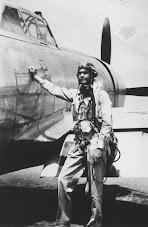


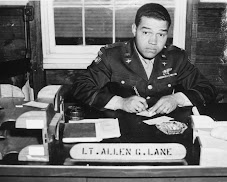
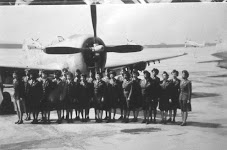
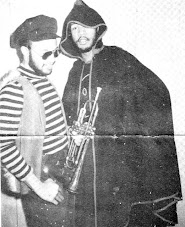





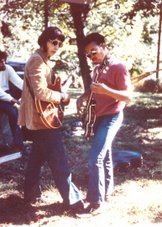
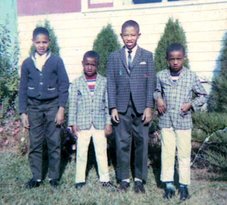
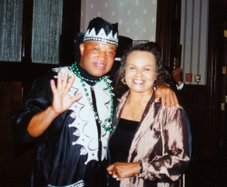

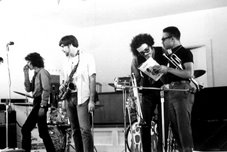


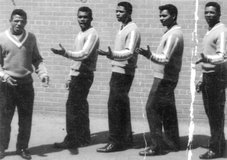



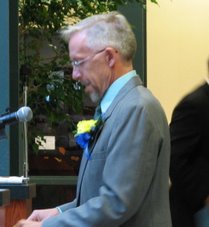

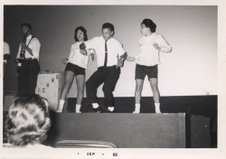



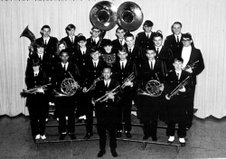

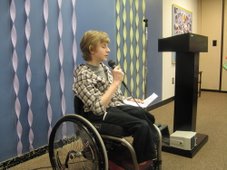
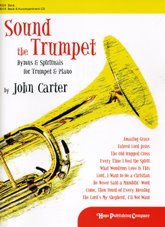
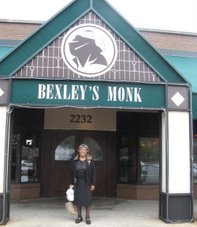
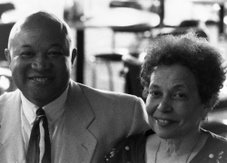


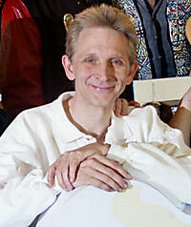
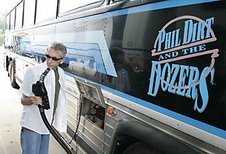
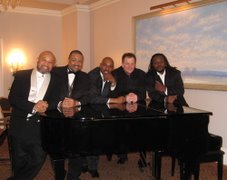
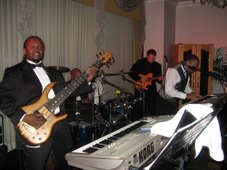
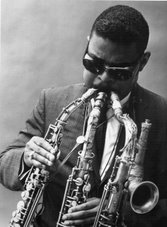
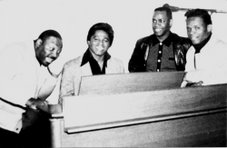

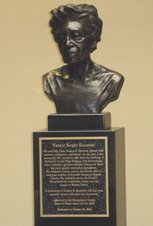
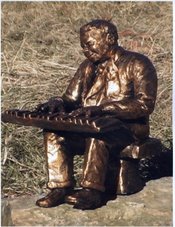
No comments:
Post a Comment